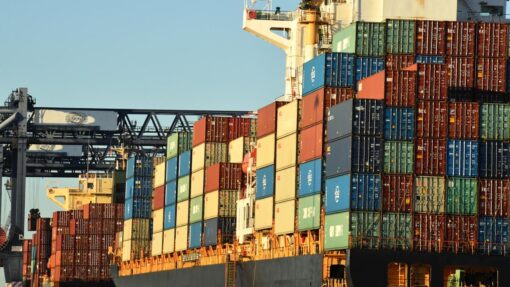Trucks, trains and dozers drive Fortescue’s ‘real zero’
Marion Rae |

Green energy champion Andrew “Twiggy” Forrest is talking up electric trucks and giant batteries after back-pedalling on renewable hydrogen.
Fronting shareholders in Perth on Wednesday, Dr Forrest defended the company’s green overhaul he admitted had attracted “harsh criticism, harsh doubt” from naysayers and shoulder-shrugging arrogance from equipment suppliers.
“This is surely the moment we put those doubts to rest,” Dr Forrest said, hailing a recent deal with Liebherr Group to develop haul trucks, excavators and dozers using Fortescue technology.
The US$2.8 billion agreement included 360 autonomous battery electric haul trucks, 55 electric excavators and 60 battery electric dozers under development.
“We are no longer just a mining company, we are a massive energy company as well,” he said.
Despite “bumpy” iron ore prices, he said Fortescue posted its third-highest annual profit of US$5.7 billion in fiscal 2024 and distributed A$6 billion in a higher dividend to shareholders that rewarded their “faith” in the company.

But Fortescue recently cancelled green hydrogen and ammonia plans at the Middle Arm precinct in the Northern Territory and jettisoned plans for work with energy giant AGL on a green hydrogen plan at the Liddell site in NSW.
The iron ore giant in September released an externally verified climate transition plan to reach “real zero” emissions by 2030, but missed an investment decision deadline on a landmark green hydrogen project on Gibson Island in Queensland.
Earlier in 2024, Fortescue dumped plans to produce 15 million tonnes of renewable hydrogen annually by 2030 and axed 700 jobs.
Dr Forrest told shareholders green hydrogen would be “critical” to decarbonising heavy industries that can’t be electrified and “vital” for Fortescue’s plans for a “massive” green iron ore industry in the Pilbara.
But he has called for more government support, including deals on cheaper power prices, as the alternative fuel will become viable if production costs come down.
He has described the level of American subsidies as a “straitjacket on the industry” that work against climate goals and missed out on Australia’s multi-billion-dollar handouts under the federal hydrogen headstart program.
Fortescue Metals chief executive Dino Otranto said green iron needed political support because the costs were still a barrier to getting the new industry off the ground.
As a big polluter, Dr Forrest reiterated that the group would eliminate emissions “profitably” from mining operations by 2030.
“Real zero means we will no longer use diesel, we will no longer use gas – Fortescue will be entirely powered by green energy,” he said.
He said the patented “ecosystem” would include electric trucks, charging stations, green energy and a new fleet management system that could be licensed across the stubbornly hard-to-abate industry.

Fortescue Energy chief executive Mark Hutchinson said “significant value” would flow back to the company from the technology including battery systems to meet a gap in the market and dual-fuel ammonia vessels that get the world a step closer to green shipping.
Executive turnover has slowed after a mass exodus in 2023, although Mr Hutchinson is reportedly fending off a staff revolt over his role as director at Alpha International, a Christian organisation that is anti-gay.
The AFR reported Dr Forrest told his leadership team they must support LGBTQIA+ couples and corporate diversity more generally, prompting an apology to staff from Mr Hutchison.
AAP


